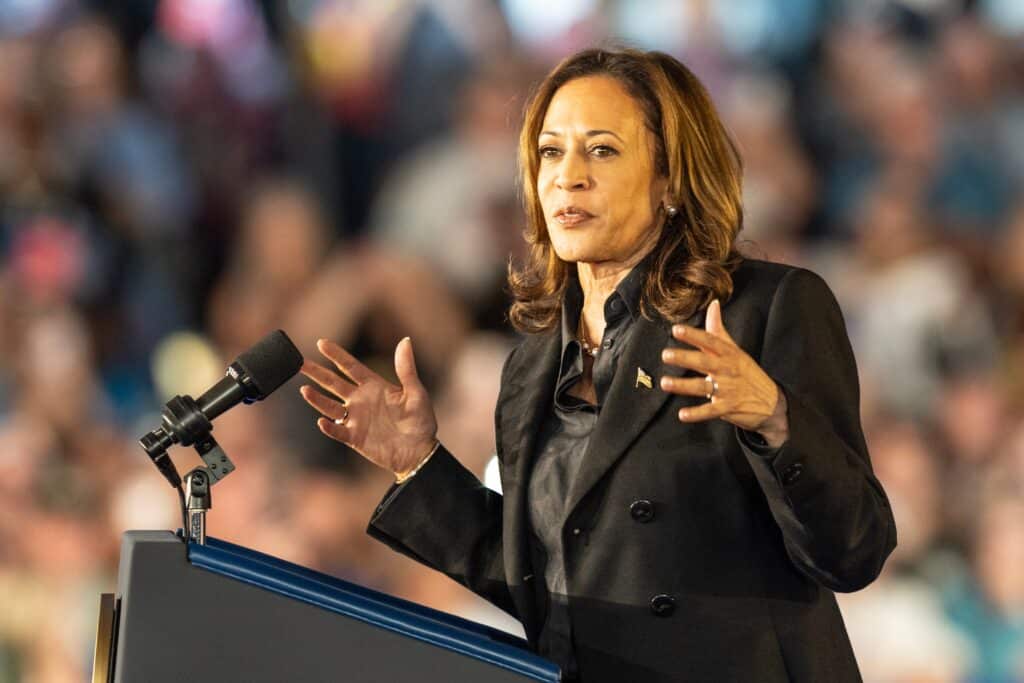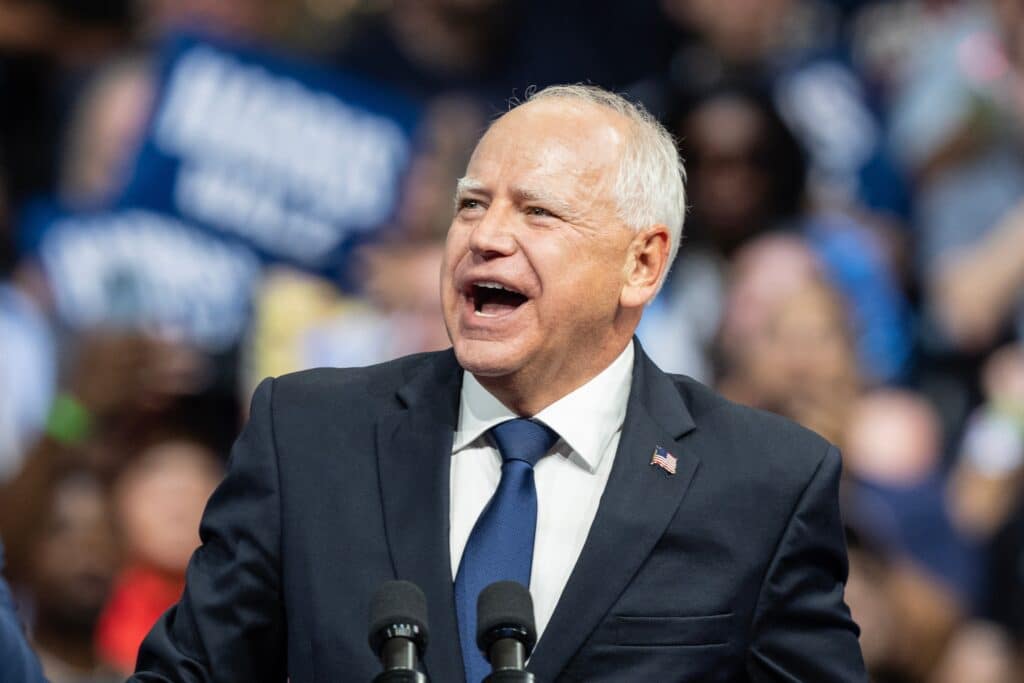The renewable energy transition depends on millions of people choosing to invest in renewable power locally. Every solar installation that is built depends on someone choosing to use their land or resources to generate their own power. This could be:
- A homeowner deciding to install a roof-mounted solar array
- A commercial property owner installing an array on the roof of a factory or apartment building
- A township deciding to power a municipal building with solar energy
- A farmer installing a ground-mounted solar array in a field used to grow food and graze livestock
Whether or not someone decides to “go solar” often depends on the incentives available to make the investment worthwhile. Solar systems have a payback period, which is the time it takes for the system to offset its installation costs through energy savings. The shorter the payback period, the faster the return on investment (ROI), making solar a more appealing choice for homeowners.
This is why government incentives, such as those in the Inflation Reduction Act, are critical. Incentives like the 30% Federal Investment Tax Credit (ITC) make renewable energy much more accessible and affordable for the average person.
As we approach the 2024 presidential election, we’re taking a closer look at each presidential candidate’s track record on clean energy. Candidates who have consistently supported and invested in renewable energy are more likely to protect existing incentives and push for new ones.
Today, we’ll be examining the renewable energy histories of presidential candidate Kamala Harris and vice-presidential candidate Tim Walz regarding renewable energy. Before we dive in, we want to provide an overview of the current state of the renewable energy market
Where the Green Energy Market Stands Today
The renewable energy market, including both residential and commercial solar sectors, has faced several challenges in 2024. However, experts believe these difficulties are temporary, and that 2025 is expected to be a strong year for renewable energy.
High interest rates are a major challenge for the renewable energy industry, as they make financing solar projects more difficult and result in longer payback periods. This increase in financing costs has led to lower consumer demand for solar and wind power, despite the incentives provided by the Inflation Reduction Act.
In California, recent changes to the state’s net-metering policy have made solar less attractive to homeowners, resulting in a steep decline in the state’s solar market for 2024. As one of the largest solar markets in the country, fluctuations in California’s solar sector have a notable impact on national renewable investment statistics.
We have also seen some major national, publicly traded solar companies, such as Titan Solar and SunPower, close their doors and file for bankruptcy.
Despite these setbacks, there are reasons for optimism. The Federal Reserve recently cut interest rates, which will help shorten payback periods and make solar a more enticing option for people. The long-term outlook for the renewables market remains positive, provided the next administration is in support of the Inflation Reduction Act.
Given these challenges, how might each candidate contribute to strengthening the market?
Presidential Candidate Kamala Harris

Current Vice President Kamala Harris has a strong record of supporting renewable energy, both in her current role and throughout her political career.
As a prosecutor, Harris was known for her efforts in going after major oil companies. Here are a few of her biggest wins:
During her time as Vice President, Harris has supported many renewable energy initiatives. Here are some of the Biden-Harris administration’s most notable achievements:
- Advocated for a $20 billion allocation to the EPA’s Greenhouse Gas Reduction Fund to support disadvantaged communities affected by climate impacts.
- Promoted the Inflation Reduction Act (IRA). Harris frequently spoke about the bill’s investments in clean energy jobs, such as creating solar installation careers, installing energy-efficient lighting, and replacing gas furnaces with electric heat pumps.
- Attended COP28 in Dubai. Harris spoke at the event as the U.S.’s highest-ranking official and announced a U.S. commitment to double energy efficiency and triple renewable energy capacity by 2030. She also announced a $3 billion commitment to the Green Climate Fund to help developing nations adapt to climate challenges.
- Proposed a $10 trillion climate plan on the campaign trail in 2019. The plan aimed for carbon neutrality by 2045, 100% carbon-neutral electricity by 2030, and all new vehicles to be zero-emission by 2035. It helped lay the groundwork for what would become the Inflation Reduction Act.
- Introduced the Climate Equity Act in 2019: This act aimed to ensure climate legislation would be assessed for its impact on equity.
If Harris were to be named the president-elect in November, it’s safe to say that investment in renewables would continue to be a priority for the new administration. The Inflation Reduction Act would likely be safe from repeal, giving the renewable energy industry the fuel it needs to accelerate the U.S.’s shift to a renewables-first country.
Vice-Presidential Candidate Tim Walz

Minnesota Governor Tim Walz, recently announced as Kamala Harris’s vice-presidential running mate, also has a strong track record of promoting renewable energy.
As soon as he was elected governor, he went straight to work on climate-related issues.
Here are a few of the renewable energy initiatives that Walz completed in his time as governor:
- Signed an executive order requiring 100% clean energy by 2040. His order mandates that all Minnesota power plants use only climate-friendly energy sources like wind and solar by the end of the next decade.
- Signed an executive order to create a climate subcabinet. Shortly after his election, Governor Walz noticed that Minnesota was falling behind on their climate goals. So, he signed an executive order establishing a new subcabinet to focus on reducing emissions and addressing climate change.
- Accelerated renewable energy site permitting. Walz also implemented new legislation to speed up the permitting process for building renewable energy sites.
- Increased training for clean energy workers. His administration expanded programs to train workers for jobs in the clean energy sector.
- Expanded electric vehicle infrastructure. Walz joined forces with the governments of several other midwestern states to increase the adoption and infrastructure for electric vehicles.
- Signed over 40 climate initiatives into law in 2023 alone. Walz signed numerous laws to promote environmental sustainability outside of renewable energy. His administration also banned chemicals like PFAs.
The 2024 Election’s Impact on the Renewable Energy Industry
Regardless of the election outcome in November, protecting the renewable incentives established by the Inflation Reduction Act remains incredibly important. If we want to see the growth projected by Wood-Mackenzie for the solar market in 2025, we need leaders committed to advancing, not dismantling, the progress made by the previous administration.
Kamala Harris and Tim Walz have both demonstrated strong support for renewable technology and the energy transition. Harris has displayed her commitment by prosecuting polluters and investing in large-scale renewable projects. Walz has proven his dedication by building teams to tackle climate challenges and resisting the influence of oil interests.
A Harris-Walz presidency could substantially increase investment in renewable energy, driving major advancements in clean technology and accelerating the U.S.’s transition to a sustainable energy future.
